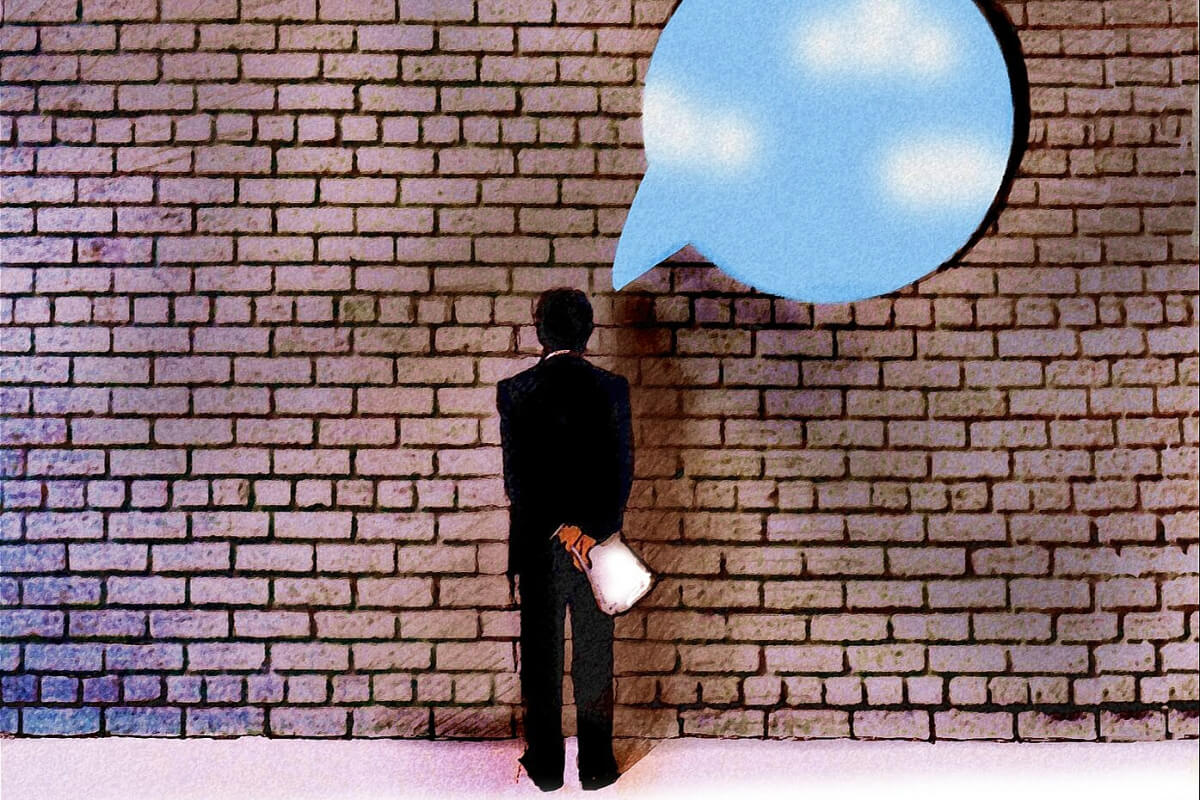Given the extraordinary low levels of engagement in the U.S. workforce — a recent Gallup poll showed that 70% of employees are “not engaged” or “actively disengaged” at work — many leaders are looking for solutions. Some turn to material perks (bonuses, game rooms, free food) in the hopes of making employees happier.
However, research suggests that these efforts, while appreciated, do not address more effective drivers of long-term well-being. Instead, leaders should be mindful about giving their employees three things:
1. Inspiration
No matter what your organization does — whether it’s offering a service or building products — it is important that your culture be infused with meaning.
Studies show that people who have a sense of purpose are more:
- Focused
- Creative
- Resilient
Leaders should make a point of reminding employees how their work is improving people’s lives. Distributing client or customer testimonials and announcing when corporate profits are donated to charities are just a couple of examples of how to do so.
Research from Wharton’s Adam Grant shows that even unsatisfied employees feel better about their jobs when they devote time to good causes, and that workplace support programs are effective not only because people get help, but also because they can give it. Leaders, too, can be great sources of inspiration to employees.
Studies show that when leaders act selflessly, proving they care more about the group than themselves, workers are more:
- Trusting
- Cooperative
- Dedicated
- Loyal
- Collegial
- Committed
Bosses who show they are fair also inspire greater dedication, citizenship, and productivity, as Wayne Baker of the University of Michigan has shown. Make sure to work alongside your team members on a daily or weekly basis, showing your allegiance to them and to the broader organization.
2. Kindness
We are profoundly social creatures, yet workplaces interactions are often no more than transactional exchanges. This is a mistake. According to a U.K. study, companionship and recognition are more important than even high salaries in promoting employee loyalty. Other research confirms that positive and warm relationships are one of the most important predictors of psychological well-being, so leaders must be mindful about the culture they are creating and the sentiments they express at work. The basics of a kind culture involve consideration and respect, which increase creative output at both the individual and team level, as Jane Dutton and her colleagues at the University of Michigan have found.
Leader warmth also matters: research from Dean Tjosvold at Lingnan University has shown that it can make subordinates more motivated and productive, and Amy Cuddy of Harvard Business School argues that it can make managers much more effective. Although expressions of anger may have a few benefits (for example, Daan Van Knippenburg has shown that some followers respond favorably to them, and work by Stanford University’s Lara Tiedens demonstrates that in some cases showing anger can make you look more powerful or competent), on the whole, studies have found that negative emotions generally cause managers to be seen as less effective.
Kind leaders do small things to show they care about their staff as people, not just employees. Simply asking how someone is doing personally and really listening to their answer is a good first step. And these practices can be institutionalized. At one Fortune 100 company based in the Bay Area, if an employee is seriously sick or has experienced a loss, the CEO is immediately notified so he can reach out to the person right away. In one instance, after an executive notified her manager that she’d been diagnosed with brain cancer, the CEO called her within 15 minutes, asking how he and the organization could support her.
3. Self-Care
Many offices pay lip service to the idea of employee wellness — for example, by offering gym memberships, yoga, or meditation classes — but intense work schedules still don’t give people adequate time to take advantage of the offerings. Wellness programs don’t work unless you create a culture in which it is acceptable and encouraged to prioritize self-care. When you do, however, the results are profound.
According to Sabine Sonnentag from the University of Konstanz in Germany, detachment from work, including the following, can reduce job stress and increase employee well-being and engagement:
- Exercise
- Breaks from work
- Relaxation practices
- More strict boundaries between work and home
You can also encourage people to take more care with a basic resource: sleep. A well-rested staff is a happier and higher-performing one. Numerous studies, including this one on U.S. Air Force pilots, show that sleep deprivation significantly impairs cognitive and motor skills, while brain-imaging work by Mark Beeman of Northwestern University shows that breakthrough ideas and solutions to problems come when the brain is in alpha-mode, that hazy state of mind you find yourself in when daydreaming or just before sleep.
So encourage employees to exercise, take breaks, and get better rest. You might follow the example of some German companies and forbid off-hours email except in emergencies, or give employees exercise- and sleep-monitoring devices, such as Fitbits. Make sure to model taking care of yourself, too.
Keep Sight of What Drives Employee Well-being
During a busy work week, or in the throes of an important project, it’s easy to lose sight of what really drives employee well-being. The best leaders are able to take a step back and maintain a human touch in the workplace by inspiring employees, being kind to them, and encouraging them to take care of themselves.
Want to learn more? Check out Dr. Seppala’s new book The Happiness Track: How to Apply the Science of Happiness to Accelerate Your Success.
This post originally appeared on Psychology Today, and was republished with Dr. Seppala’s permission.











